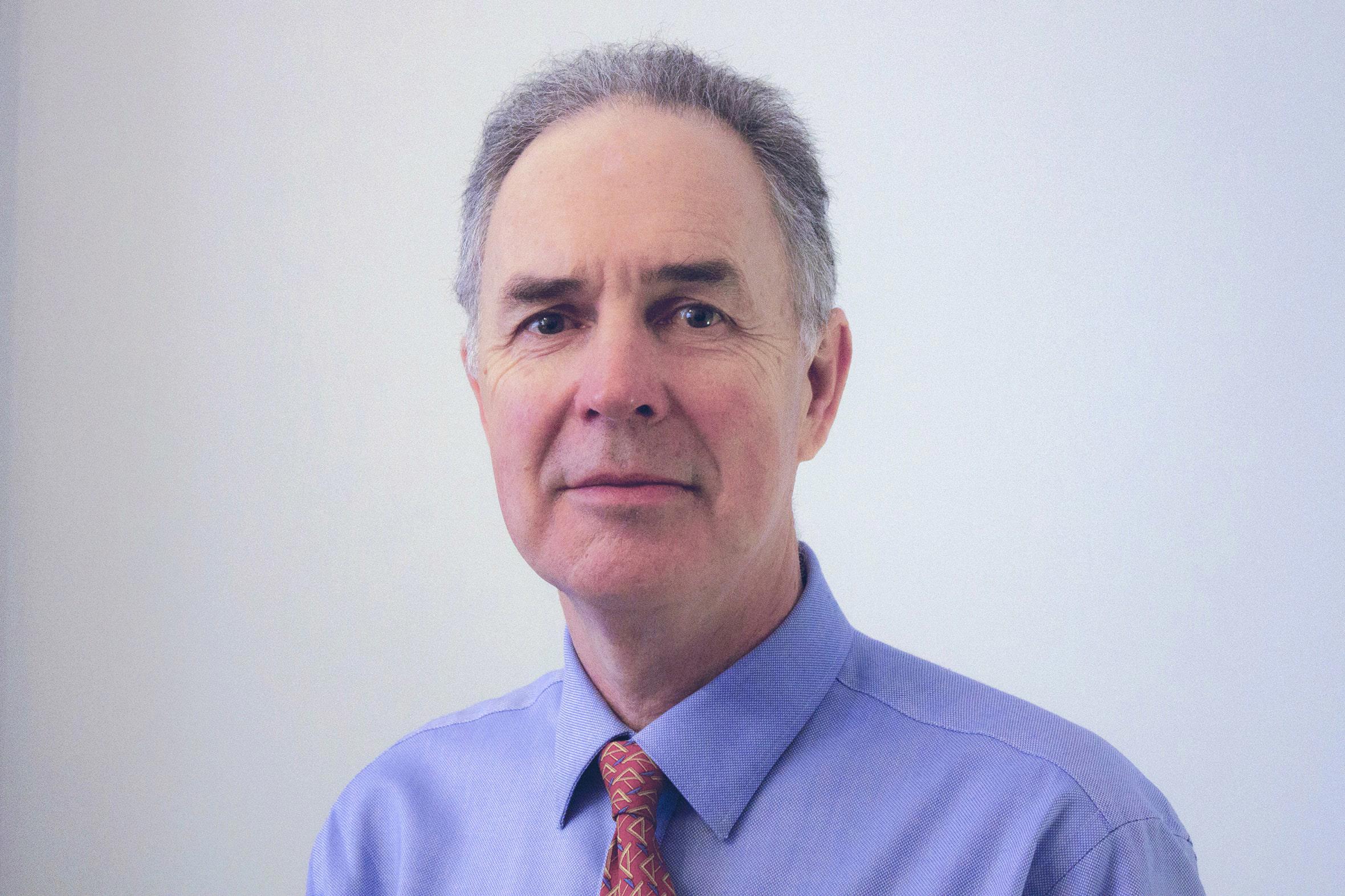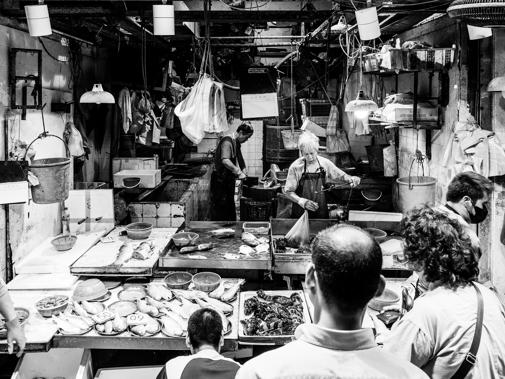In December 2019, the city of Wuhan in Hubei province, China, saw the first recorded hospitalisations and deaths resulting from a hitherto unencountered coronavirus.
Within a few months, the virus would become known globally as COVID-19 with Wuhan becoming renowned as being ground zero for the disease.
It was not until just over a year later that the World Health Organization commissioned an international team to visit Wuhan and work with their Chinese counterparts, in an effort to start the process of investigating the origins of a still-ongoing pandemic that, by this stage, had resulted in around two million deaths worldwide.
Following the conclusion of the one-month investigation, the mission was subsequently met with controversy, following claims that the Chinese authorities had not shared data with members of the international team.
The independent element is an important part of the way in which the mission was set upProf Watson
The fall out saw US national security adviser Jake Sullivan express his and the White House’s ‘deep concerns’ about how the early findings of the mission were reported and reached, with Mr Sullivan adding that it was ‘imperative’ that the mission’s findings be ‘free from intervention or alteration by the Chinese government’.
The report, published last month, did not draw firm conclusions, and said further investigation was needed. It said bats appeared to be the reservoir of the virus, but the intermediate host(s) had not yet been identified.
Following the report, 14 countries including the UK released a statement saying: ‘Scientific missions like these should be able to do their work under conditions that produce independent and objective recommendations and findings.’
In light of the controversy and ahead of the publication of their full report, three members of the WHO mission, virologist Marion Koopmans, zoologist Peter Daszak and consultant clinical epidemiologist and senior medical adviser at Public Health England, John Watson, spoke about their experiences as part of an event hosted by international affairs think tank Chatham House.
During the event Professor Watson and his colleagues sought to address some of the claims levelled at their mission as well as expand on what has so far been learnt.
No smoking gun
Professor Watson acknowledged that while he had previously participated in many international missions, none had ever been faced with as much ‘external interest and pressure’ as this one.
He added that the investigations that took place in Wuhan represented a promising start to understanding the origins of COVID-19, but he felt that the remit and purpose of the WHO’s mission had frequently been misconstrued.
‘This was set up as a joint mission. What this was not set up as was as an external group coming in to investigate and point fingers with the hope of identifying a smoking gun.
‘The WHO team was made up at its core of 10 independent experts drawn from around the world – people who were neither beholden to the WHO or indeed to their own countries of origin. That independent element is an important part of the way in which the mission was set up and the weight that’s placed on what we conclude from it.’
We had the handicap of being in full-blown quarantine for the first 14 daysProf Koopmans
Like the rest of his colleagues on the WHO team, Prof Watson was required to quarantine for two weeks following his arrival in China, before he and the team could properly begin their investigations.
He insists that the team was rather given good access to data, locations and people, even if the overall speed of the investigation was slowed by health requirements and cultural factors.
 WATSON: Unprecedented ‘external interest and pressure’
WATSON: Unprecedented ‘external interest and pressure’
‘We were shown a lot, but the process was slow because of quarantine and because of the issues of language and translation,’ he says.
‘In that respect [the investigation] was slow, but despite that we were shown a very great deal, we recognise and will be asking for the opportunity to take that further, but we learnt a great deal.
‘This kind of investigation is not just about illness in humans or indeed just about an interface between humans and animals, but feeds into an altogether wider discussion about the way in which we [as societies] use the world, resources and how we interact with the animal environment.’
Limited opportunities
Professor Watson’s overview of the mission was shared by Professor Koopmans, who told of how she had been ‘pleasantly surprised’ by the amount of work that the team carried out and the amount of data she and her colleagues were presented with.
She accepted, however, that work had had to be carried out under challenging circumstances, adding that social distancing requirements had hindered interactions between team members in social settings, such as discussing the investigation during mealtimes, something that she felt had reduced opportunities for the sharing of ideas.
‘What was very disappointing for us was that while we were there [in Wuhan], there was a resurgence of cases which changed the quarantine rules so that meant that the second phase of our trip, after the hotel quarantine, we still could not freely go about.
'That was a disappointment for all of us.
‘We had the handicap of being in full-blown quarantine for the first 14 days, and then restrictions in the second half of our visit. None of that is really conducive to the type of discussion you would want to have when you sit around the table to look at and scrutinise data.’
Rebutting claims that the WHO mission had had access requests turned down by the Chinese state, Dr Daszak insisted that a list of sites and people of interest was submitted by the team while in quarantine, and that none of these had been refused.
Shedding light
Dr Daszak added that while he had seen no evidence to support speculations that COVID-19 was the result of a lab leak at the Wuhan Institute of Virology, examinations of the city’s markets during the visit, coupled with data shared by the team’s Chinese counterparts, had helped shed further light on the virus’s potential origins.
‘What we did see data on, from the China side, were the animals that we know are able to either be infected by SARS coronavirus or SARS COVID-2 were present in the market,’ he says.
‘We also found that there was a conduit from Wuhan to the provinces in South China where the closest relative virus to SARS COVID-2 are found in bats.
‘That’s quite important because it provides a link and a pathway by which a virus could convincingly spill over from wildlife into either people or animals farmed in the region and then shipped into a market.
‘Those beginnings of an understanding of a pathway need to be followed up pretty rapidly.’

